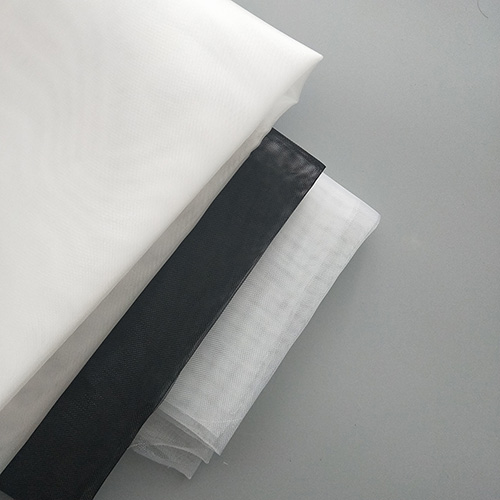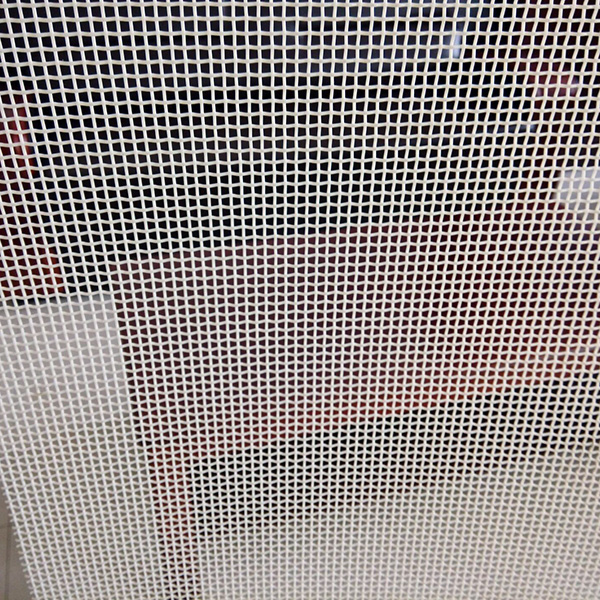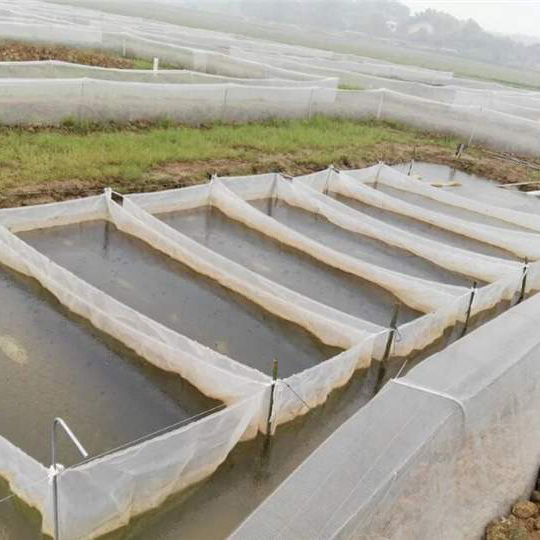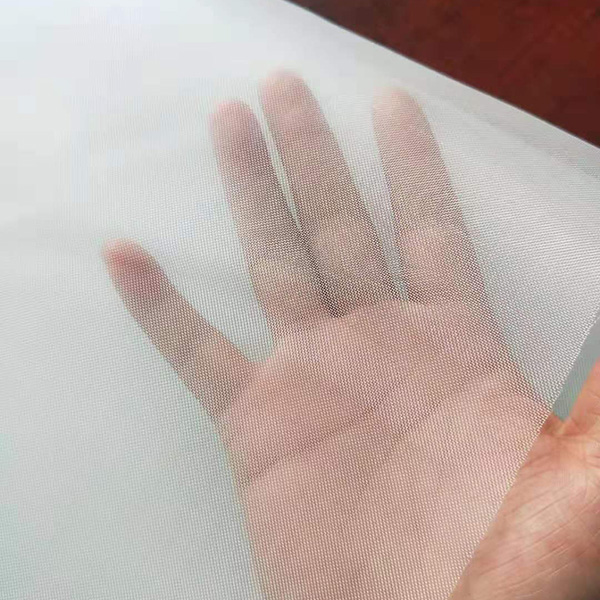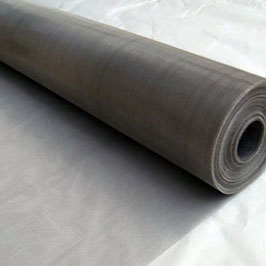Printing screen
Printing network is a famous brand of b2b e-commerce in the world. It has the world's most advanced online trading market and business exchange community that combines online website building and e-commerce.
Printing (graphic arts also uses graphic communications, i.e. graphic communication) is a technology that transfers ink to the surface of paper, fabrics, plastics, leather and other materials and copies the contents of original documents in batch by processes such as plate making, ink application and pressurization. Printing is the process of transferring the approved printing plate to the printing stock through printing machinery and special ink.
Effect
At present, the printing network has established a fast and convenient information channel between Chinese product suppliers and global purchasers. As suppliers, they all want their products to be known as much as possible, while as buyers, they want to know as many production suppliers as possible in order to make comparative choices. Due to its huge commercial information database, the printing network is making every effort to establish contacts and provide opportunities for these suppliers and purchasers in the rapidly developing e-commerce market in the world. The goal of the printing network is to establish an interactive trading platform between Chinese enterprises, foreign businessmen and Chinese enterprises, and to join hands with Chinese enterprises to push Chinese products to the world and find more business opportunities for them. The printing network pays attention to the development of Chinese enterprises, especially many small and medium-sized enterprises. Only on the basis of all-round development of small and medium-sized enterprises can the global economy grow healthily.
At present, the printing network has collected millions of product information from 1185 industries in China. The website services include company information, product information, supply information, purchase information, comprehensive services and other main columns, providing detailed classified display of Chinese products, product supplier information, global supply and demand information and other contents, opening a convenient and fast e-commerce door for products to enter the domestic and international markets.
Business services: besides a large amount of information, the printing network can also provide home page advertising, network promotion and other services. The printing network has won everyone's favor with its sincere service.
Main printing methods
Since the invention of woodcut movable type printing technology in China, printing methods have changed with each passing day and are all-encompassing. Today's most commonly used industrial printing methods are:
1. Offset printing
Offset printing is also called offset printing in Guangdong and Hong Kong. It is a kind of offset printing and is the main printing method. Offset printing can clearly restore the color, contrast and level of original documents with high precision, and is currently the most common paper printing method. Applicable to posters, brochures, brochures, newspapers, packaging, books, magazines, calendars and other related color printed matter.
2. Flexographic printing
Flexo graph, a kind of relief printing technology, used to be called flexography. Rubber and soft resin are used as printing plates, and water-soluble or alcohol-soluble ink is used for printing. The pigment originally used was aniline dye, so it used to be called aniline printing. It is often suitable for printing plastic bags, labels and corrugated paper. The fineness of printing dots and lines is gradually approaching offset printing.
Flexographic printing is mainly divided into unit flexographic printing and satellite flexographic printing. In the past, unit flexographic printing was mainly used in China. But now satellite flexographic printing is more and more widely used. The main advantage of satellite flexographic printing is that it can accurately control the tension of the substrate.
3. Screen printing
Screen printing, as a kind of printing with a wide range of uses, can be divided into fabric printing, plastic printing, metal printing, ceramic printing, glass printing, electronic product printing, lottery screen printing, electric advertisement board screen printing, metal advertisement board screen printing, stainless steel finished product screen printing, light reflector screen printing, screen transfer anodized aluminum, screen printing and lacquer screen printing, etc.
One of the hole plate printing technologies, printing ink is especially thick, and it is most suitable to make special effect printing pieces. It is especially suitable for small quantity and ink with required concentration. It can also be printed on three-dimensional surfaces, such as square boxes, boxes, round bottles, cans, etc. In addition to paper, you can also print cloth, plastic fabric, plywood, film, metal sheet, glass, etc. Common new products include banners, banners, T-shirts, corrugated boxes, soda bottles and circuit boards. The flexibility of screen printing is unmatched by other printing methods.
4. Gravure
It is suitable for printing high-quality and expensive printed matter, whether it is color or black-and-white pictures, the intaglio printing effect can be comparable with photographic photos. Due to the high cost of plate making and the large printing volume, it is also a less commonly used method. It is suitable for printing securities, stocks, gift certificates, commercial credit certificates or stationery, etc.
With the rapid development of science and technology, today we can use some of the above printing methods to directly output on the media through computers. However, the maturity of electrostatic imaging and laser technology enables "on-demand printing" with high quality requirements in small batches.
5. Other printing methods
(1) Transfer printing: Printing method in which the printing color is first printed on a medium and then transferred from the medium to the printing stock.
(2) Woodcut Watermark: Also known as Woodcut Watermark. A traditional process of dividing a drawing into several plates and then printing with water-soluble graphic pigments.
(3) Lithography: Lithography for short. Lithographic direct printing process using stone as printing plate.
(4) collotype printing: also called glass printing. The photosensitive layer is coated with thick glass and exposed with negative image to form different water absorption. Printing with the principle of mutual exclusion of oil and water.
(5) Transcription Printing: Hand-copied wax paper mimeograph.
(6) Copper-zinc plate printing: also known as relief plate printing. Printing method using copper plate or zinc plate as printing plate.
(7) Resin plate printing: Printing method using resin, nylon, etc. as printing plates.
(8) Paper-based plate printing: small-scale lithographic printing using paper as a plate material.
(9) Light Printing: Also known as Office Printing System. Printing system with phototypesetting, small offset press and small binding machine.
(10) web-to-print: The concept of web-to-print was introduced into China in 2005. It is a solution to provide printing services through the application of network. Customers can use personal computers to get the printed materials they want.
6. Special printing
The so-called special printing refers to printing products and media that cannot be printed by conventional equipment and technology through special equipment and technology. Equipment capable of such printing mainly includes: silk screen printer, gravure printer, lithographic uv printer and uv offset press.
Apart from ordinary paper printing, the printing of other printing materials can almost be classified into special printing scope, such as sheet metal printing (iron printing), decal printing, hose printing, glass container printing and integrated circuit board printing.
Apart from the conventional printing methods (offset printing, embossing, gravure printing and screen printing), other printing methods can also be classified into the scope of special printing: such as electrostatic printing, thermal transfer printing, inkjet printing, electromagnetic printing, stereoscopic printing (including holographic printing) and braille printing.
In addition to using conventional inks, printing methods using other special inks (such as anti-counterfeiting inks) can almost all be classified as special printing. For example, glass, ceramic, enamel printing ink, metal printing ink, anti-counterfeiting ink, thermal transfer printing ink, water transfer printing ink and conductive ink are used for printing.



